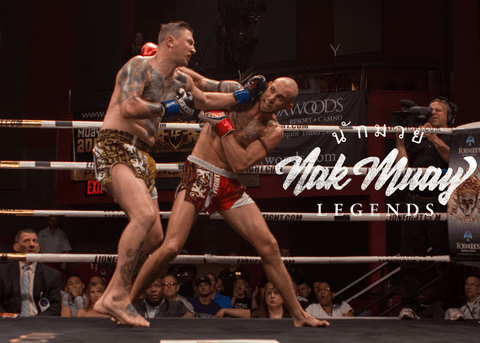Dieselnoi Chor Thanasukarn
A Muay Khao. A knee fighter. Muay Khaos are aggressive, forward-pressing, relentless boxers that focus on knee strikes and the clinch to win fights. As the rounds progress, Muay Khaos are known for wearing down their opponents--keeping a pace that few can keep. Muay Khaos typically have great conditioning, and are the perfect mix of aggression and efficiency.
In the Golden Era of Thai Boxing, no Muay Khao was more successful than the famous Dieselnoi Chor Thanasukarn.
Born in 1961, Charin Sorndee earned the name Dieselnoi (Little Diesel) for his relentless pace. Dieselnoi won his first Lumpinee championship in 1981 defeating another great fighter Koapong Sittichuchai for the lightweight title (135 lbs). He remained Lumpinee champion until 1985, when he was stripped of his title due to the fact that he had run out of willing opponents. There was simply no one to fight. Let that sink in for a moment. No one had the will or desire to fight him. Matches couldn’t be made. During this undefeated streak, Dieselnoi bested some of the all-time greats including the flashy and technical Samart Payakaroon winning a decision with aggressive, fast-paced knee strikes. After this bout, Dieselnoi waited almost two years to find another willing opponent.

One of Dieselnoi’s greatest attributes was his height. Standing a whopping six feet and two inches, Dieselnoi fought at 135 lbs., often towering over his opponents. “The Sky Piercing Knee Kicker” used this height to his advantage, trapping his opponent's’ arms with his long limbs and throwing long, straight knees. Though his greatness is undisputed, his true potential will never be known, as his physical attributes and record kept him on the sidelines for years at a time and eventually forced his retirement.
We honor Dieselnoi and his legacy with our ‘Sky Piercing Knee” shirts. We have relationships with each and every showcased fighter on Nak Muay Legends. In sharing his legacy, Dieselnoi will also financially benefit from Muay Thai’s proliferation in popularity.
Article by George Pitsakis









































































